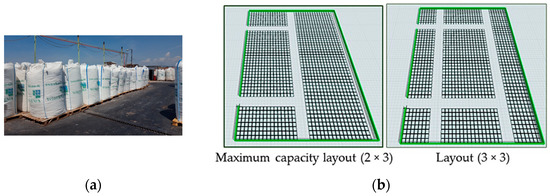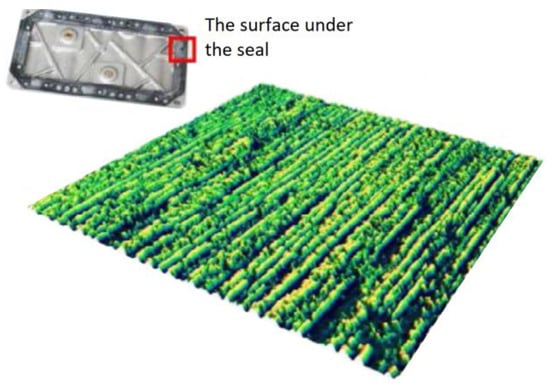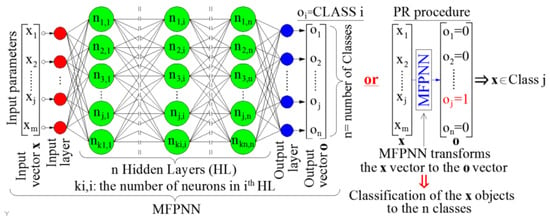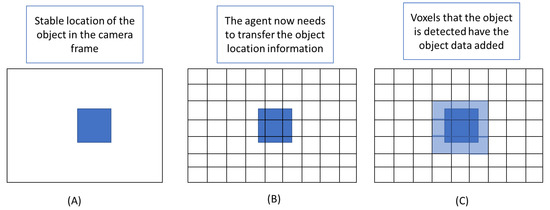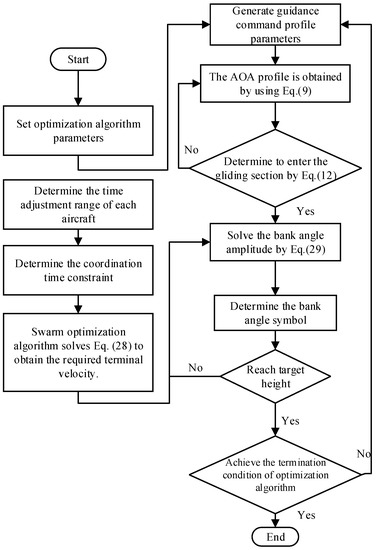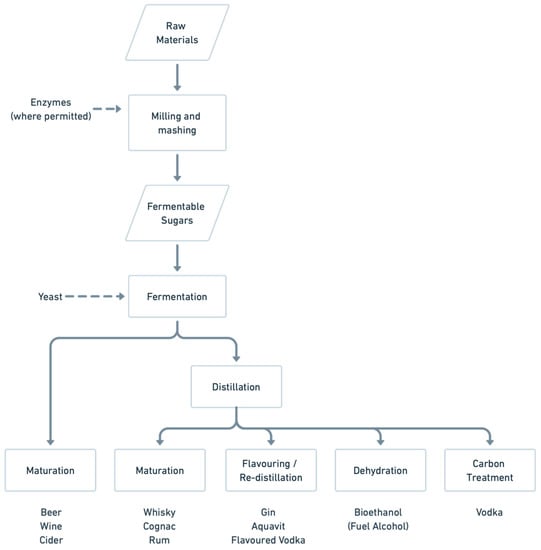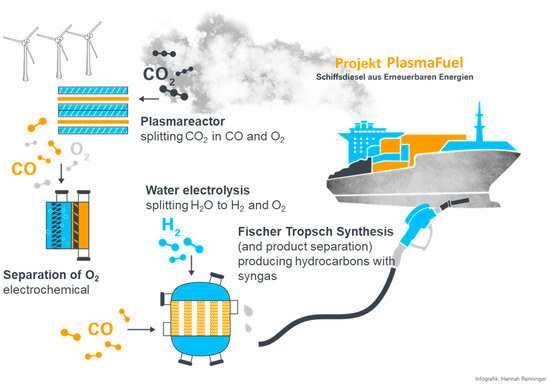Appl. Sci. 2023, 13(8), 4659; https://doi.org/10.3390/app13084659 - 7 Apr 2023
Cited by 9 | Viewed by 2605
Abstract
Iodine deficiency impacts on the development of thyroid disease. Vegetables and fruits usually have a low iodine content; hence, it makes sense to increase their iodine content. Potato is consumed daily by millions of consumers and would, therefore, be a good target for
[...] Read more.
Iodine deficiency impacts on the development of thyroid disease. Vegetables and fruits usually have a low iodine content; hence, it makes sense to increase their iodine content. Potato is consumed daily by millions of consumers and would, therefore, be a good target for biofortification with iodine programs. The aim of this study was to determine the effects of biofortification via the application of soil solutions of two iodoquinolines [8-hydroxy-7-iodo-5-quinolinic acid (8-OH-7-I-5QSA) and 5-chloro-7-iodo-8-quinoline (5-Cl-7-I-8-Q)] and KIO3 (as an iodine positive control) on the iodine content and basic chemical composition, macro and micronutrient content, nitrogen compounds, vitamin C, and antioxidant potential of potato tubers Solanum tuberosum L. The biofortification process had no significant effect on the tuber weight in yield. The application of I in forms of KIO3, 8-OH-7-I-5QSA, 5-Cl-7-I-8-Q resulted in an increase in the I content of tubers (1400.15; 693.65; 502.79, respectively, compared with control, 24.96 µg·kg−1 d.w.). This also resulted in a decrease in elements that are harmful to consumers, such as: Al, Ni, Cr, Ag, Pb and Tl. The enrichment of tubers with 8-OH-7-I-5QSA and 5-Cl-7-I-8-Q resulted in a significant reduction in the content of ammonium ions (from 19.16 to 14.96; 13.52 mg∙kg−1 f.w.) and chlorides (from 423.59 to 264.92; 265.31 mg∙kg−1 f.w.). Biofortification with 8-OH-7-I-5QSA improved the polyphenolic profile of the potato tuber from 197.31 to 233.33 mg GAE·100 g−1 f.w. A significant reduction in the carotenoid content of tubers after the enrichment of the plant with iodine in KIO3, 8-OH-7-I-5QSA and 5-Cl-7-I-8-Q (from 3.46 to 2.96, 2.45, and 1.47 mg∙100 g−1 d.w., respectively) was observed. It can be postulated that the production of potatoes enriched with iodoquinolines and/or KIO3 is worthwhile, as it can provide a good source of I in the diet and simultaneously reduce the risk of developing deficiencies.
Full article
(This article belongs to the Special Issue Chemical and Functional Properties of Food and Natural Products)
►
Show Figures

